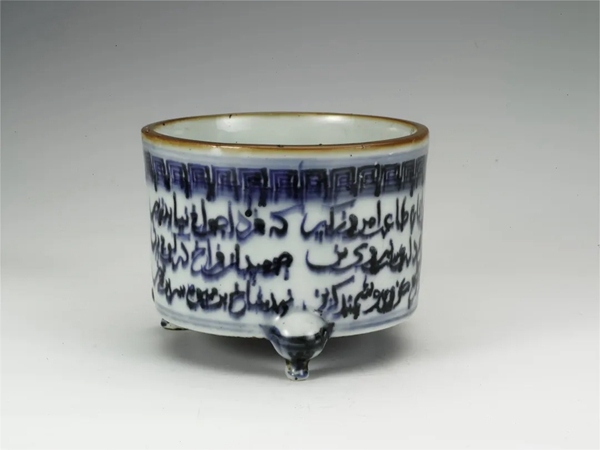

Incense sensibility
Burning incense has a long history in China. In times gone by, people burned fragrant plants at rituals in the hope that the smoke and its pleasant aroma would connect with their ancestors and the ethereal plane where deities reside. Then gradually, incense became one of the commodities that bridged China with the world and a product to freshen our living spaces and to bring mental comfort. Also, burning incense using fine apparatus constituted an essential part of the cultural life of upper-class scholars, as important as critiquing artworks, enjoying tea, listening to guqin music and appreciating the art of bonsai. An Inhale of Fragrance, an ongoing exhibition at Shanxi Museum, that will run until May 9, navigates the long-standing relationship between the ancient Chinese and incense. It shows the major woods and plants that emit the most pleasant aromas. Also, it reviews the development of incense burners as examples of the evolution of societal elements. Among the examples are famed historical censers, such as the Boshan burners of the Han Dynasty (202 BC-AD 220) and Xuande burners of the Ming Dynasty (1368-1644).
9 am-5 pm, Tuesday-Sunday. 13 Binhe Xi Lu, Taiyuan, Shanxi province. 0351-8789-188.